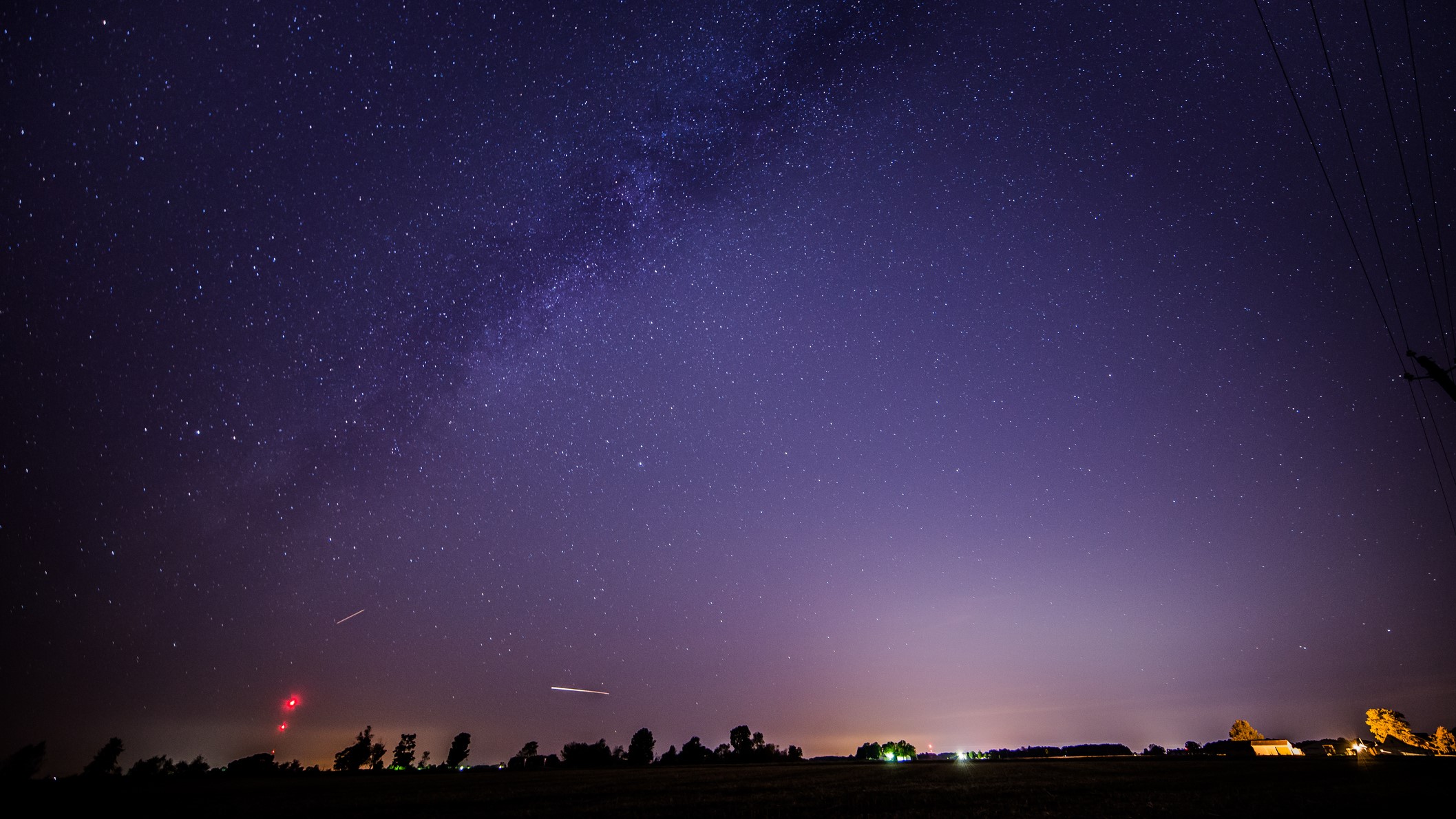The Draconid meteor shower peaks this weekend. Here's how to see it
The Draconids have put on a show in the past, but they've been relatively quiet in recent years.

The annual Draconid meteor shower peaks this weekend, and viewing conditions are favorable this year.
The Draconid meteor shower will be active from Oct. 6 to Oct. 10, with the peak happening around Sunday (Oct. 8) or Monday (Oct. 9). This year, the moon will be less than 20% illuminated, offering fairly dark skies for skywatchers hoping to catch sight of a few of these meteors streaking through the sky.
To see this shower, first locate the Draco constellation, from where the Draconids appear to originate (hence their name). From North America, look high to the northwest after sunset. If you can locate Ursa Major, the Big Dipper, Draco will be about 30 degrees above it, or three widths of your fist at arm's length. Otherwise, a stargazing app could help you locate it. Find a spot away from as much light as possible, set up a comfortable chair and allow your eyes time to adjust. With a little luck, you just might catch a few of these "falling stars."
Related: Meteor showers 2023: When is the next one?

Want to see cool stuff in the night sky? We recommend the Celestron Astro Fi 102 as the top pick in our best beginner's telescope guide.
The Draconids are caused by pieces of rock and ice trailing away from Comet 21P/Giacobini-Zinner. As it makes its way through our solar system, the comet leaves this debris behind it. When our planet passes through these "comet crumbs," bits of them burn up in Earth's atmosphere, creating the streaks of light we call a meteor shower.
This relatively small comet is just around 1.24 miles (2 kilometers) across and orbits the sun every 6.6 years. The comet gets its name from its discoverers; it was first spotted on Dec. 20, 1900, by French astronomer Michel Giacobini at the Nice Observatory in France and later observed by Ernst Zinner on Oct. 23, 1913, according to NASA Science.
The Draconids produced by the comet's leftovers have put on a show in the past, but they've been relatively quiet in recent years. The most productive years occurred in 1933 and 1946, although 2011 was a good year for the Draconid meteor shower as well.
Breaking space news, the latest updates on rocket launches, skywatching events and more!
If you are hoping to catch a look at the stars of the Draco constellation or anything else in the night sky while you're watching for meteors, our guides to the best telescopes and binoculars are a great place to start.
And if you're looking to snap photos of the meteor shower or the night sky in general, check out our guide on how to photograph meteor showers, as well as our best cameras for astrophotography and best lenses for astrophotography.
Editor's note: If you snap an amazing photo of a Draconid meteor or any other night-sky sight and you'd like to share it with Space.com for a story or image gallery, send images, comments and location information spacephotos@space.com.

Brett is curious about emerging aerospace technologies, alternative launch concepts, military space developments and uncrewed aircraft systems. Brett's work has appeared on Scientific American, The War Zone, Popular Science, the History Channel, Science Discovery and more. Brett has degrees from Clemson University and the University of North Carolina at Charlotte. In his free time, Brett enjoys skywatching throughout the dark skies of the Appalachian mountains.
